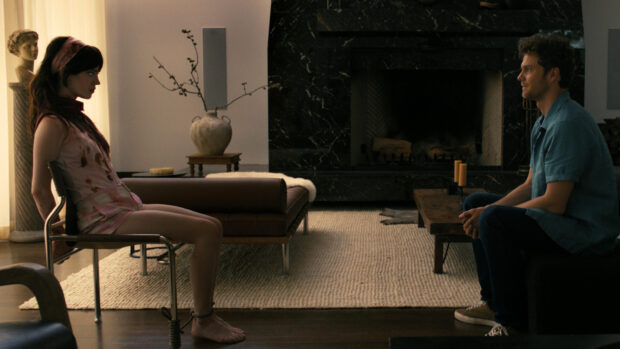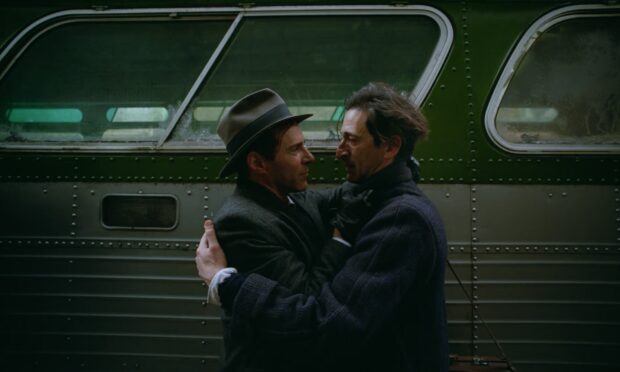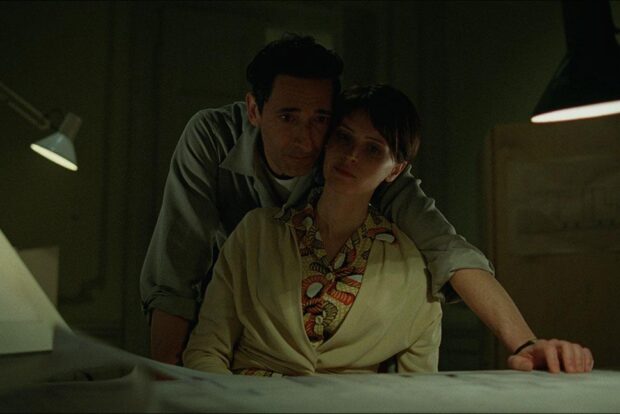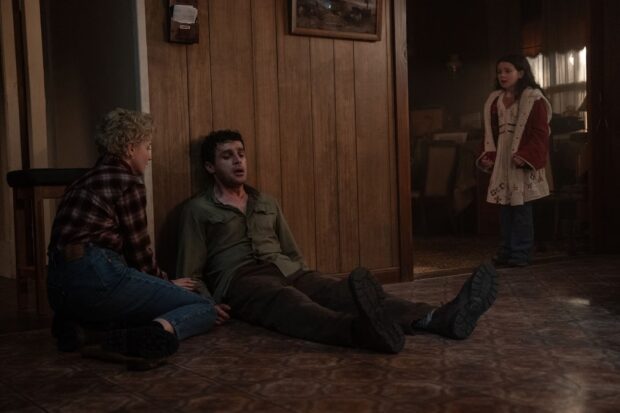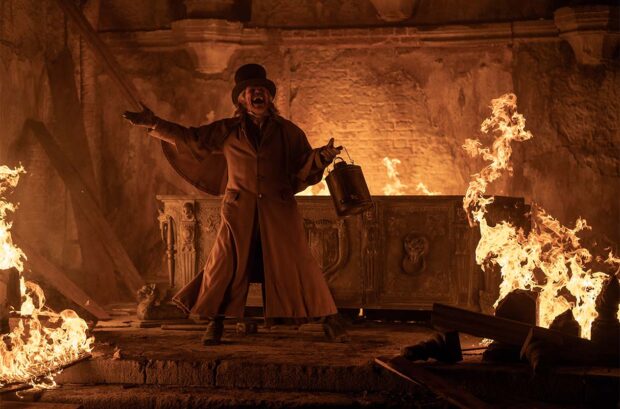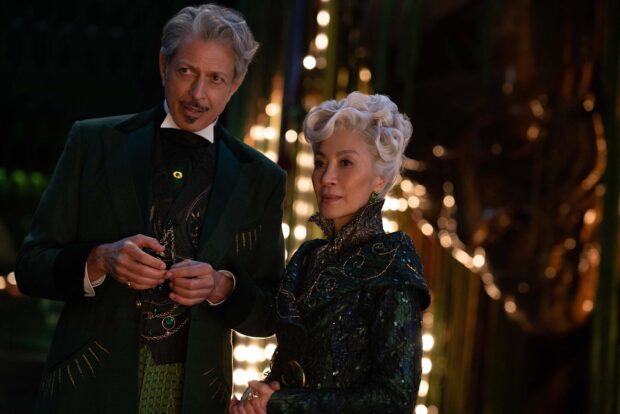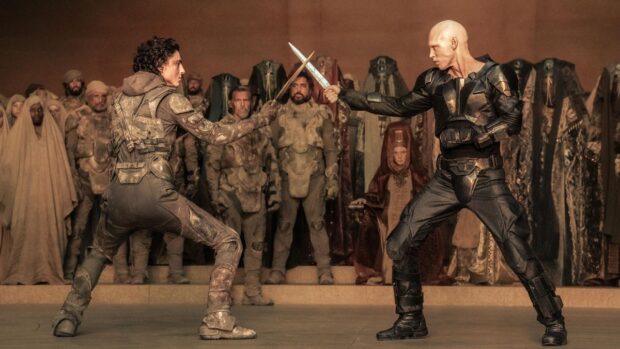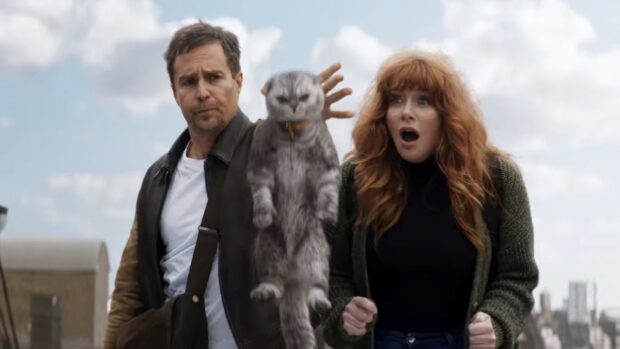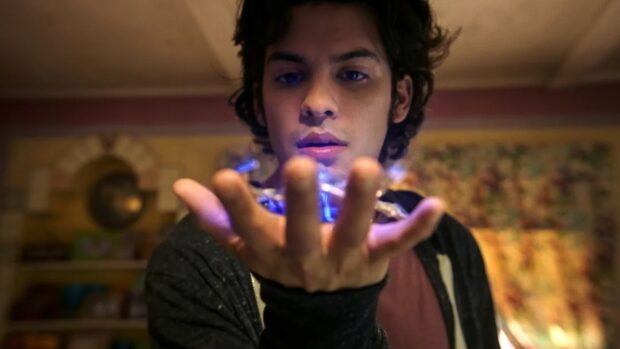It’s a sign of the times that this is the second Chris Sanders and Dean DeBlois animated film to get a live-action remake this year. Following Disney’s Lilo & Stitch redux, DreamWorks has begun its own journey down the reboot path with this reworking of their 2010 hit. Like Stitch, the original has grown into a small empire over the past decade, which perhaps explains why there are so few surprises here.
In fact, HOW TO TRAIN YOUR DRAGON (2025) is a shot-for-shot, beat-for-beat remake of the original. Once again, we find ourselves on the bitter isle of Berk, where dragons and humans have been locked in conflict for generations. Young Hiccup (Mason Thames) shows no aptitude for living up to the dragon-slaying expectations of his father, Stoick the Vast (Gerard Butler).
That is, until he accidentally wounds Toothless, an elusive and much-feared Night Fury dragon. As Hiccup slowly rehabilitates the creature and earns its trust, he discovers a gentler side to dragonkind. His newfound connection elevates his status among his peers, including love interest Astrid (Nico Parker), but also puts him at odds with a culture entrenched in fear and tradition.
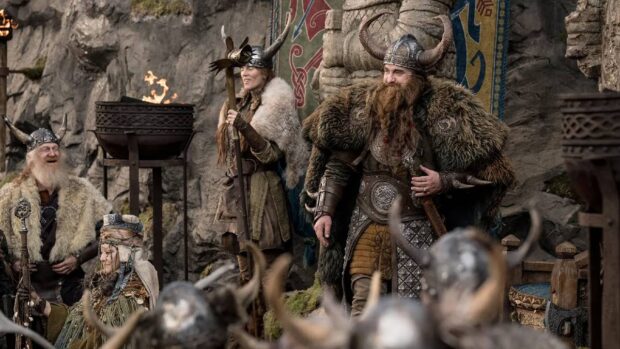
Let’s address the elephant, or rather the gargantuan dragon, in the room. Outside of commercial motivations, this near-identical remake offers little in the way of artistic justification. And yet, it’s hard to deny how entertaining it remains, even in such close proximity to the original. From the opening moments, it’s clear this is a technically accomplished production, with top-tier effects recreating the dragons in stunning detail against the chilly beauty of the Northern Ireland landscapes. Toothless, in particular, is beautifully realised, and I’ll admit I still got choked up during that now-iconic bonding scene.
The casting is also top-notch. Once you adjust to not hearing Jay Baruchel’s voice, Thames (The Black Phone) confidently makes the role of Hiccup his own. Gerard Butler reprises his role as Stoick with appropriately gruff gravitas, and his pairing with the always-reliable Nick Frost provides a welcome comic double-act. Not all of the character designs translate perfectly to this semi-realistic world, but somehow it still works.
For me, animation holds a unique and irreplaceable magic, a singular blend of art and cinema. There are moments here, especially when Hiccup and Toothless first take flight, that can’t quite replicate the painterly beauty of the 2010 film. Still, the climactic dragon battle makes thrilling use of every inch of the IMAX screen, and if studios insist on remaking beloved animated films, this is at least how it should be done.
2025 | USA | DIRECTOR: Dean DuBlois | WRITERS: Dean DeBlois | CAST: Mason Thames, Nico Parker, Gerard Butler, Nick Frost, Julian Dennison | DISTRIBUTOR: Universal Pictures | RUNNING TIME: 125 minutes | RELEASE DATE: 12 June 2025 (Australia), 13 June 2025 (USA)




